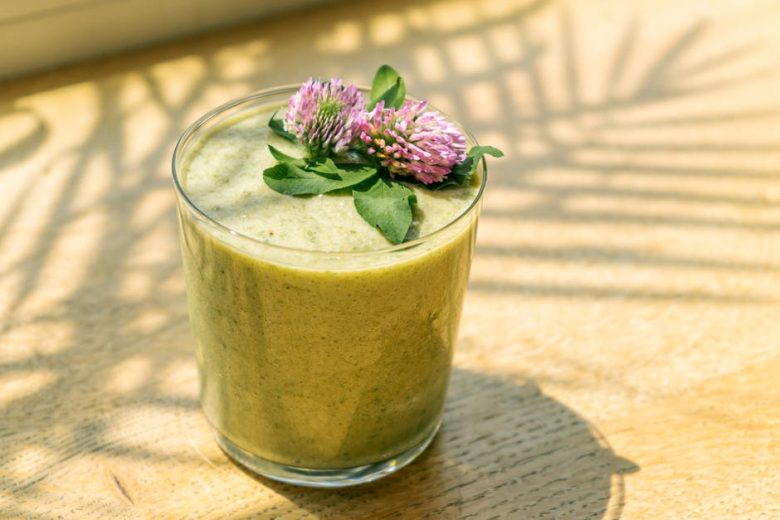In the realm of fitness and wellness, two disciplines have gained significant popularity: yoga and Pilates. Both practices focus on improving physical strength, flexibility, and mental clarity, yet they offer distinct approaches and benefits. As individuals seek the best path to enhance their physical well-being, understanding the differences between yoga and Pilates becomes crucial in making an informed choice.
Yoga, with its ancient roots tracing back thousands of years, is a holistic practice that integrates physical postures, breath control, and meditation. It aims to unite the body, mind, and spirit, promoting overall well-being. On the other hand, Pilates, developed in the early 20th century by Joseph Pilates, emphasizes core strength, stability, and controlled movements. While Pilates is often seen as a more modern fitness regimen, both practices share a common goal: to enhance physical health and promote mindfulness.
One of the most significant differences between yoga and Pilates lies in their core philosophies. Yoga emphasizes a mind-body connection, encouraging practitioners to explore their inner selves through various postures and breathing techniques. It often incorporates meditation and mindfulness, fostering a deeper sense of self-awareness and relaxation. In contrast, Pilates focuses primarily on physical conditioning, targeting the core muscles to improve posture, balance, and flexibility. This difference in philosophy can influence which practice is better suited for individuals based on their personal goals and preferences.
In terms of physical benefits, both yoga and Pilates offer unique advantages. Yoga enhances flexibility, as its various poses stretch and lengthen the muscles, promoting a greater range of motion. It also improves balance and coordination, as many poses require stability and concentration. Pilates, however, is particularly effective for building core strength. By engaging the deep abdominal muscles, Pilates helps improve posture and alleviate back pain, making it a popular choice for those recovering from injuries. Ultimately, the choice between the two may depend on whether an individual is more interested in enhancing flexibility or building core strength.
Another key consideration is the variety of classes and styles available within each practice. Yoga boasts a wide range of styles, from the gentle and restorative Hatha to the more vigorous Vinyasa and Ashtanga. This diversity allows practitioners to find a style that resonates with their personal preferences and fitness levels. Pilates, while also offering variations, tends to be more uniform in its approach, often focusing on mat-based routines or equipment-assisted workouts. This difference in variety can impact an individual’s experience and enjoyment of each practice.
Finally, the community aspect of yoga and Pilates should not be overlooked. Yoga classes often foster a sense of community and connection among participants, with many practitioners forming strong bonds through shared experiences and mindfulness practices. Pilates classes, while also supportive, may prioritize individual performance and technique, leading to a more focused and less communal environment. This distinction can influence a person’s motivation and enjoyment in pursuing either practice.
In conclusion, both yoga and Pilates offer valuable benefits for physical and mental well-being, but they cater to different needs and preferences. Yoga’s holistic approach promotes flexibility and mindfulness, while Pilates focuses on core strength and stability. Understanding the differences in philosophy, physical benefits, class variety, and community dynamics can help individuals make informed choices about which practice aligns best with their goals.
Ultimately, whether one chooses yoga, Pilates, or a combination of both, the key lies in finding a practice that resonates personally. Embracing either discipline can lead to improved physical health, enhanced mental clarity, and a greater sense of overall well-being. As individuals embark on their fitness journeys, exploring these two powerful practices can unlock new pathways to health and happiness.



